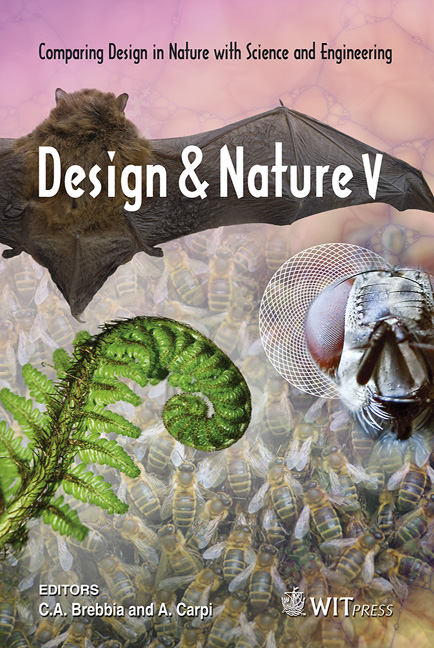Biomimetics Of Sound Production, Synthesis And Recognition
Price
Free (open access)
Transaction
Volume
138
Pages
15
Page Range
273 - 287
Published
2010
Size
3,007 kb
Paper DOI
10.2495/DN100241
Copyright
WIT Press
Author(s)
G. Rosenhouse
Abstract
Biomimesis of sound production, synthesis and recognition follows millenias of years of adaptation as it developed in nature. Technically such communication means were initiated since people began to build speaking machines based on natural speech concepts. The first devices were mechanical and they were in use till the end of the 19th century. Those developments later led to modern speech and music synthesis, initially applying pure mechanics. Since the beginning of the 20th century electronics has taken up the lead to independent electronic achievements in human communication abilities. As shown in the present paper, this development was intentionally made along history in order to satisfy human needs. Keywords: speaking machines, biomimetics, speech synthesis. 1 Introduction Automation is an old attempt of people to tame machines for the needs of human beings. It began mainly, as far as we know, since 70 DC (with Heron). In linguistics, the history of speaking machines began in the 2nd century when people tried to build speaking heads. However, actually, the process was initiated in the 18th century, with Wolfgang von Kempelen who invented a speaking mechanism that simulated the speech system of human beings. It opened the way to inventions of devices for producing artificial vowels and consonants. This development was an important step towards modern speech recognition and synthesis, and had to do with one of the fundamental principles of the behaviour of living creatures. While normally people use five senses for perception, the only natural way for human performance of intentional activities is by production of sound and
Keywords
speaking machines, biomimetics, speech synthesis





